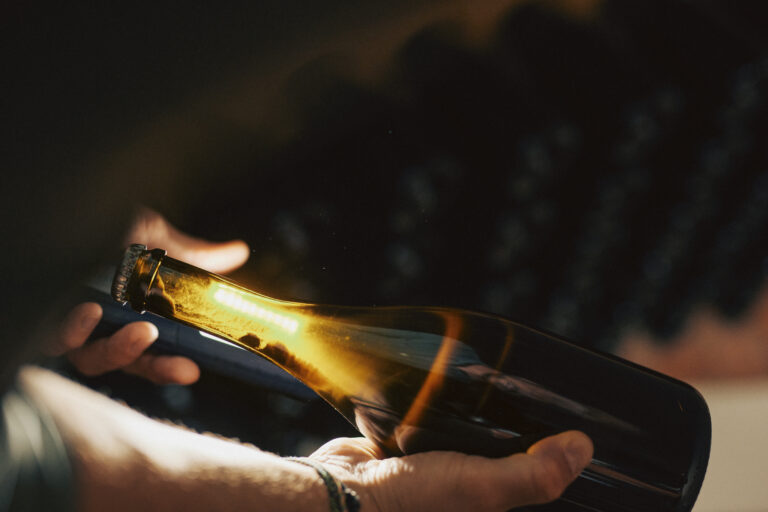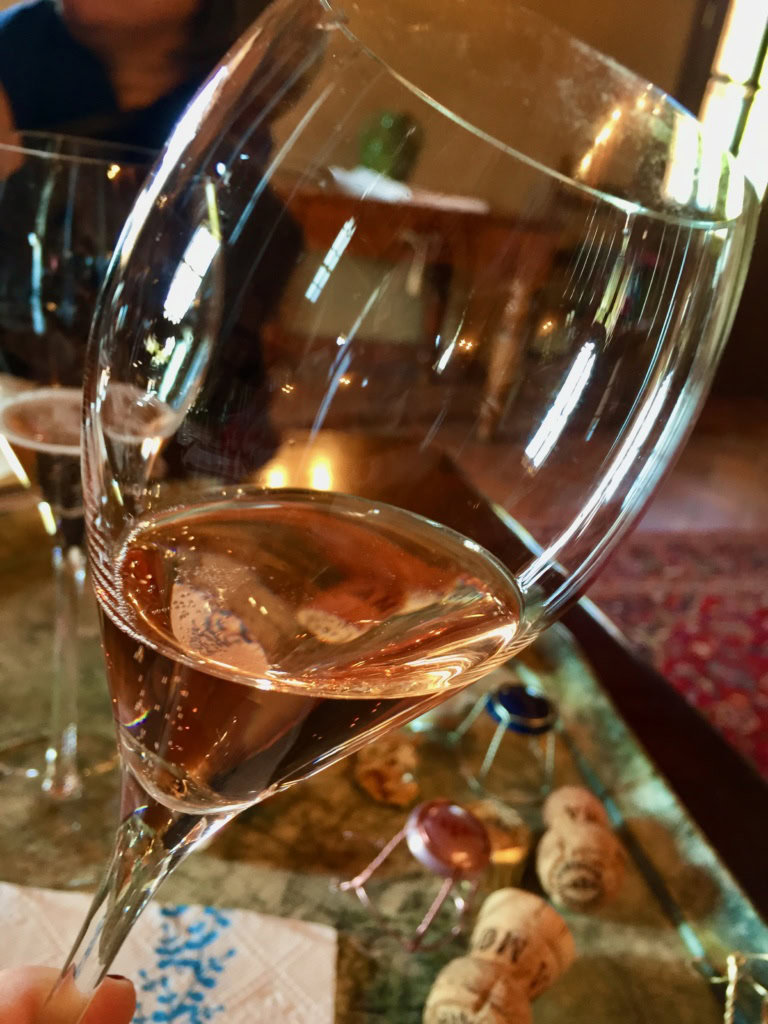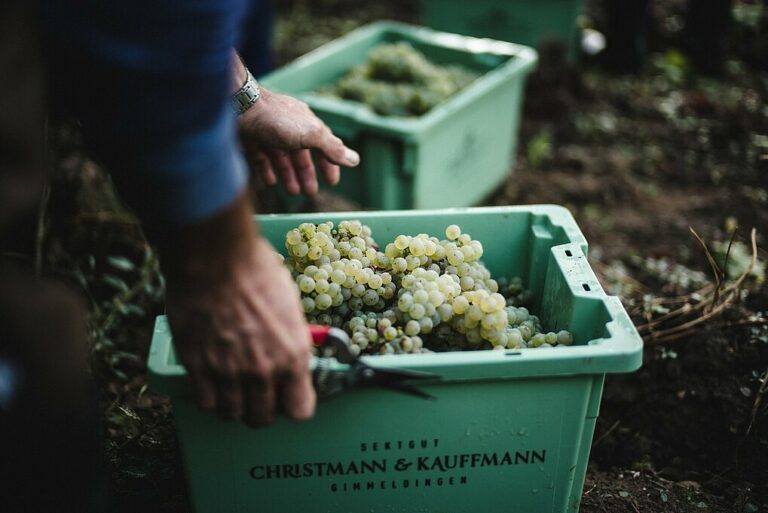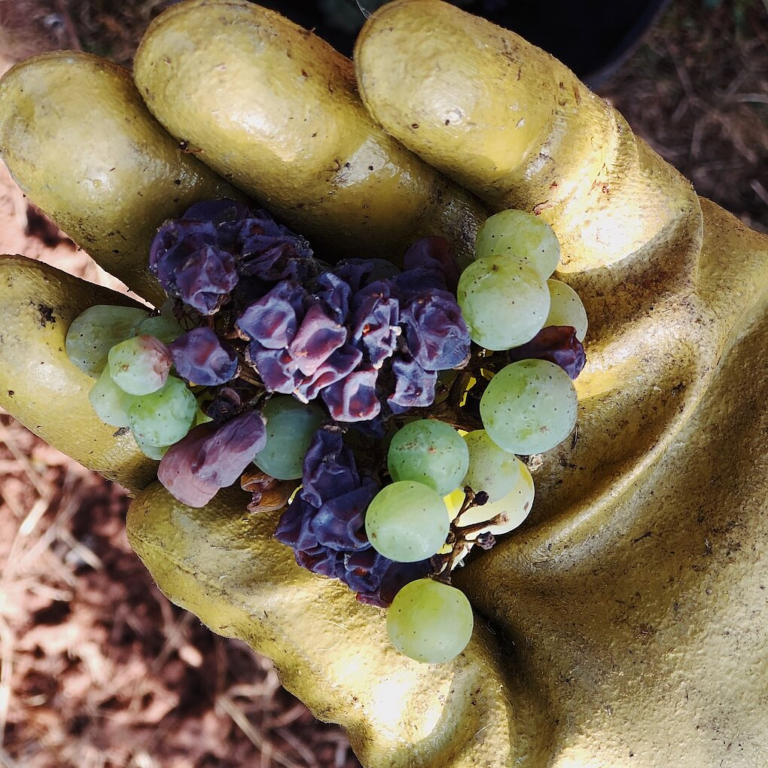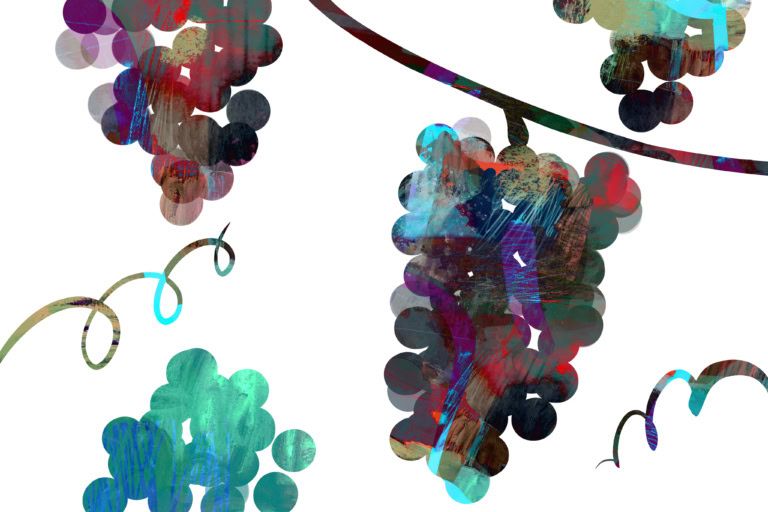Ode to Humble Handkäse
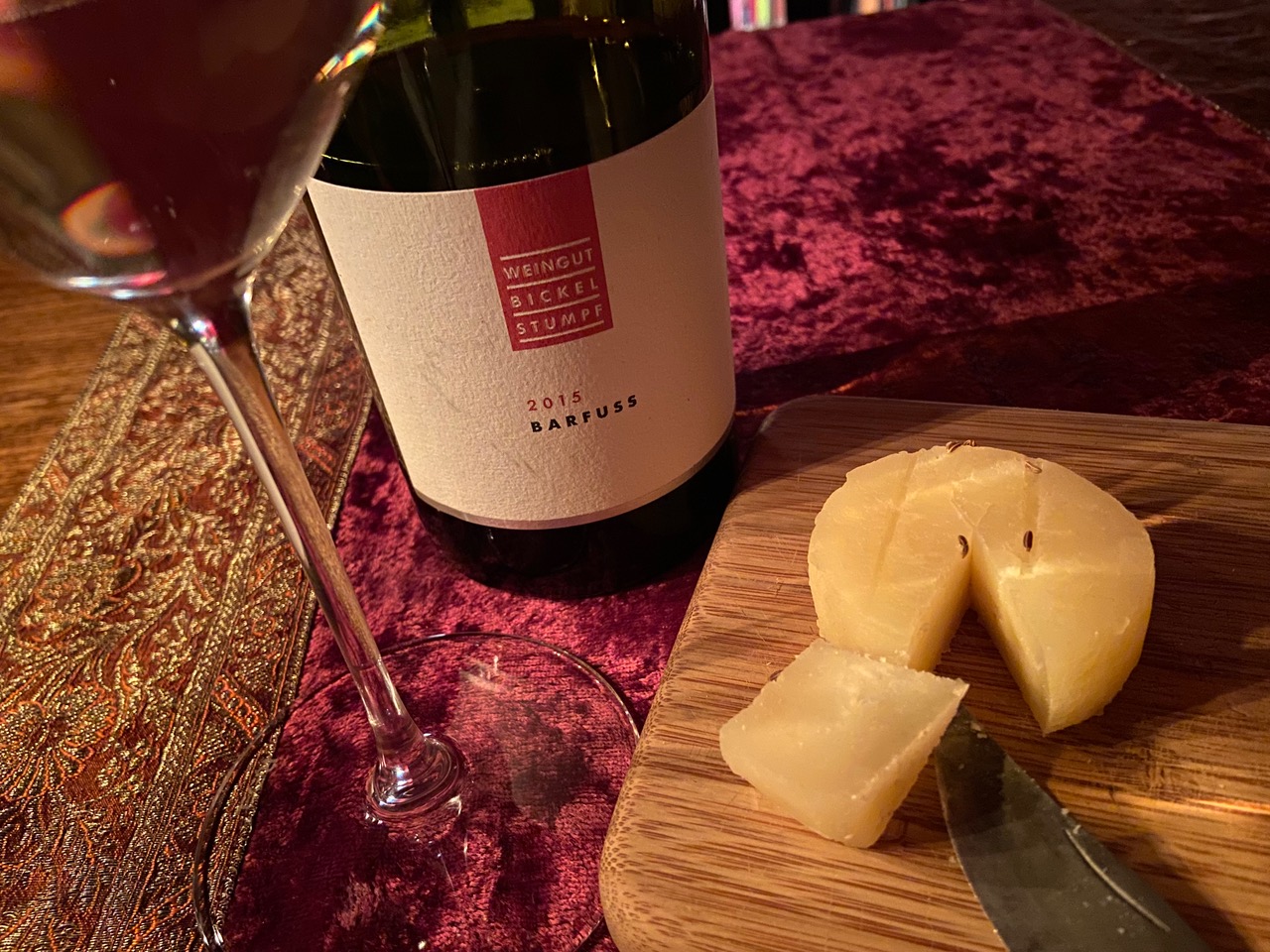
The most “umlaut” cheese of all may well also be the most humble. Made from skimmed milk, without rennet, prone to (very) intense aromas and a byproduct of churning butter, as central to Germanic food culture as olive oil is to the Mediterranean: may I introduce Handkäse? This, together with quark (which is a kind of fromage blanc – but that’s a different story), and a small selection of Danish and Dutch cheeses, represents the cultured milk canon of my childhood.
But why even think about this underdog – especially in connection with wine? The first answer requires me to put on my food historian’s hat: Handkäse is one of the most ancient Germanic cheeses. Roman chronicler Tacitus, describing Barbarians’ diet around 98 AD, mentions it as “lac concretum,” or solid milk — this is the origin of German cheese. For the second, I shall don my sommelière’s hat: the humble little thing pairs beautifully with similarly oft-underrated Silvaner.
Handkäse, literally hand cheese, comes in as many guises as there are landscapes and regions between the Northern and Baltic seas and the Alps. Wherever a cow was found on a farm, women churned cream into butter: a precious commodity to make a bit of extra money. That left them with copious amounts of skimmed milk. Cultured skimmed milk, to be more exact, as without modern refrigeration natural lactic acid bacteria gobbled up the sweet lactose, making the milk taste sour. But the protein-rich result was much too nutritious not to use at the dinner table. So it was left to curdle, then pressed, salted, and shaped into small cheeses.
The cheeses took their form, and their names, from simple tools: hands, wooden implements, or small baskets: hence Handkäse, Korbkäse, Quargel, and also Harzer (as it is particularly widespread in the Harz mountains around Goslar). No need for rennet nor specialized equipment.
Handkäse comes in as many guises as there are landscapes between the Northern and Baltic seas and the Alps.
However, skimmed milk, even in the shape of cheese, is still skimmed milk: a major part of the milk’s deliciousness is gone with the cream. Especially when young, all those cheeses taste quite bland, and their texture is, well, on the rubbery side.
Traditionally that lack of flavor has been remedied with the addition of caraway seeds, by serving the cheese with flavorful rye bread and Schmalz (pork lard, a cheaper kind of ersatz fat), and/or marinating it mit Musik, that is with vinegar and plenty of fresh onion. Or, as my mother did when I was a child, placing a small box of the cheese on the radiator to encourage intense ripening, the protein being broken down into a soft, runny jelly with an intense aromatic output.
I can see you shaking your head. All this does not, I admit, make Handkäse sound “great with wine.” Except that it is.
Spätburgunder (aka Pinot Noir) from Rheinhessen, soft and smooth from a warm vintage, loves Handkäse (which, I can speak from experience, it does); mineral, complex Silvaner from the quarzite soils of the Scharlachberg in Bingen adores it. And so, with serendipity guiding my hand in the cellar, this time I reached for a Silvaner from Weingut Bickel-Stumpf in Franken. But I didn’t check the label carefully, only taking the time to note that it was from 2015 — a warm, dry vintage. I felt happy to find something with a little bottle age, as this always helps with cheese pairing.
Pouring it later that day, its joyous fruit, and ripe, round acidity danced with the cheese’s equally lively character. The rubber had melted into the aroma of caraway and there was music, without a single seed or onion in sight.
Only then did I have a proper look at the label: Barfuss, it said, barefoot. The wine was a co-ferment of Silvaner and Scheurebe — something formally as unheard of as the pairing with Handkäse. Unlike Franken’s many old venerable estates, Bickel-Stumpf dates back to only 1976 and has always been open to new ideas. “All good things are wild and free,” is Manuela and Matthias Stumpf’s idea behind the Aroma Anarchy series of which Barfuss is part: Healthy grapes were put into a 500 liter barrel and left alone, starting and stopping fermentation on their own, then left on the lees, and finally bottled in 2017.
And it was then that I heard the “music.” Forget onions and vinegar: this was harmony as only Handkäse could make happen.

